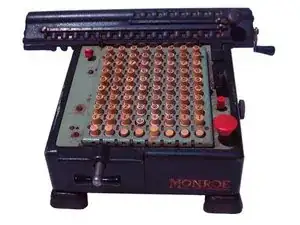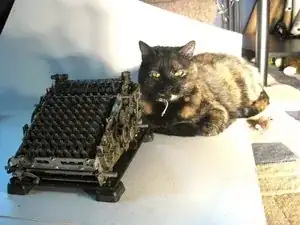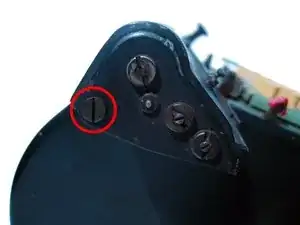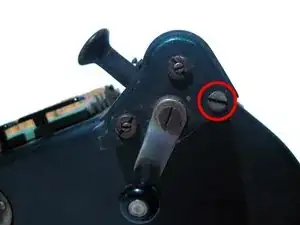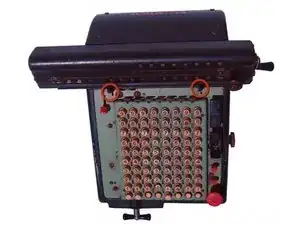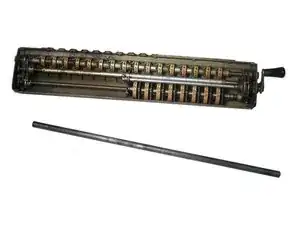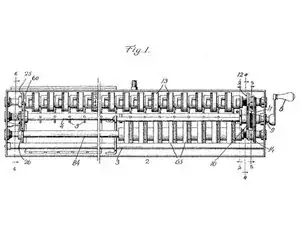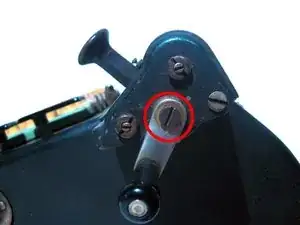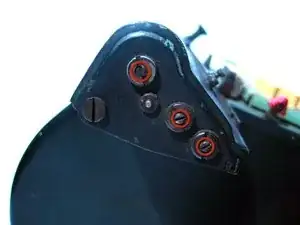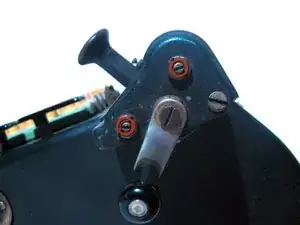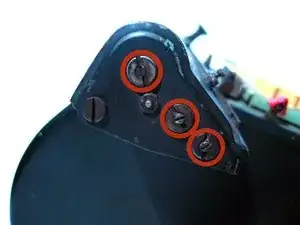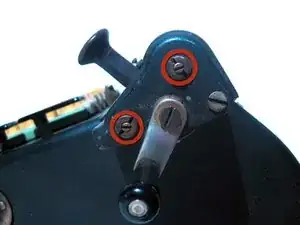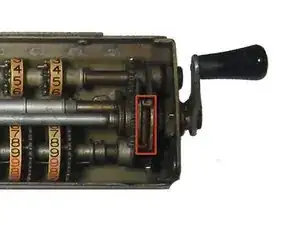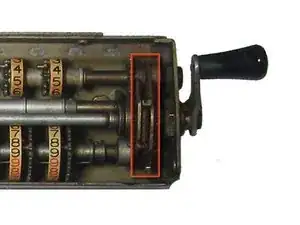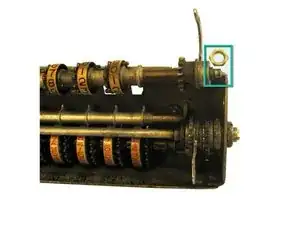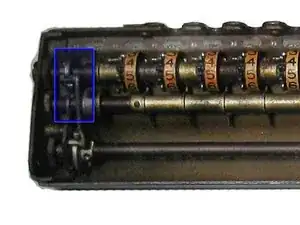Einleitung
Ever been at a garage/boot sale, flea market, or junk shop and seen a weird thing that looks like a cash register and a typewriter mated? These are electromechanical calculators which our dads and granddads used in the office because electronic calculators were far off in the future.
There are many of these now on eBay, but many of them are less than functional. The last time they were used was probably in the 1960s, and all the grease has probably congealed and picked up dust and twigs and things. Also, decades of being moved around and not being serviced means that parts go out of alignment or get broken by the well-meaning and the inquisitive.
Worse, the manuals and repair guides for these machines are either rare or nonexistent.
And so, this disassembly guide will help you take this calculator to pieces so that the pieces can be cleaned, repaired, or replaced. And hopefully you'll learn a bit about the mechanisms that make these machines go.
The specific calculator we're going to be taking apart is the Monroe LA5-160. The LA5-160 is of the L series of Monroe calculators introduced in 1928, with the A meaning Automatic, that is, with an electric motor attached. This model has a 16-digit accumulator and an 8-digit counter, and can multiply and divide by successive addition and subtraction.
Werkzeuge
-
-
Prepare your workspace. Cover it with clean white paper or a white mat board. Light the area more than you think you'll need, and preferably from multiple directions.
-
Ready a cardboard box and press-to-close bags to store the parts you pull off. Keep associated parts in their own bag, label each bag, and don't skimp on the number of bags!
-
Remove cats, dogs, small children, and capybaras from workspace. They like small parts, and you will be generating a lot of them.
-
-
-
The carriage has a row of 8 digits above, which is the counter, and a row of 16 digits below, which is the accumulator. Let's remove it.
-
Take two screwdrivers, and unscrew, simultaneously, the screw heads indicated on either side of the carriage.
-
The left screw head is attached to a screw, while the right one is just a head attached to a shaft.
-
4-48 machine screw, 1/4"
-
Carriage shaft, 0.249" diameter
-
Use an awl to poke the shaft from the left side so that it comes out the right side. Pull the shaft out completely.
-
Pull back the carriage hook arms and lift the carriage off.
-
-
-
Congratulations! You have just removed your first major part from the calculator.
-
After you are done admiring the machinery, go to the next step where we'll start taking it apart.
-
-
-
Turning the zeroing crank counterclockwise sets the counter digits to zero, while turning it clockwise sets the accumulator digits to zero. Amazing!
-
Nelson White's U.S. patent "Zero-setting mechanism", filed in 1920, describes how this amazing thing works.
-
This amazing thing practically never works properly after half a century of neglect.
-
On the right side of the carriage, unscrew and remove the zeroing crank. Hold the crank while unscrewing.
-
4-48 machine screw, 1/4"
-
Zeroing crank
-
-
-
With a small screwdriver, remove these five set screws.
-
5x 5-44 set screws, 1/8"
-
These set screws are used to finely adjust the location of each shaft along its axis.
-
-
-
The shafts are held by bushings which are threaded on the outside. Nuts on the inside of the carriage hold the bushings in place.
-
Unscrew the bushings. You may need to hold the nuts on the inside with a finger or needle-nose pliers.
-
5x Slotted-head bushing, ID 0.141", threaded on outside 1/4-32, length 1/8"
-
-
-
Remove the cam lock arm spring from the left side of the carriage.
-
Extension spring, OD 0.123", WD 0.014", compressed length 0.34"
-
This spring pulls the arms against cams fixed to the digit shafts so that the digit shafts will not rotate when the zero-setting mechanism is not operating. It is important that the digit shafts themselves not rotate, since each digit wheel needs to be able to rotate freely on the shaft.
-
-
-
Swing the two lock arms that the spring was holding together up and out of the way.
-
Push the accumulator shaft to the left until you can pull up on the right side. The nut that held the shaft's bushing should be free to remove.
-
1/4-32 panel nut, width 5/16", height 5/64"
-
There is a cam lever on the middle shaft. Pull up on the part of it that rests on the cam attached to the left side of the accumulator shaft. You should be able to fully remove the accumulator shaft.
-
Lifting the cam lever rotates the middle zeroing shaft so that its zeroing teeth move closer to the accumulator shaft. When the accumulator shaft rotates, each digit wheel has a projection that hits up against the zeroing tooth, conveniently stopping that digit wheel at zero.
-
4 Kommentare
Where is the rest of the guide?
I don't know. Apparently the 120 or so steps after this got deleted :( If you're really interested in more like this, check out my YouTube channel: https://www.youtube.com/channel/UCBcljXm...
Any chance of recovering the rest of the guide?
I'm repairing/restoring a LA5-160, and there's a problem with divide. Even a view of the left side without covers would help!
jculley -
Oh, my bad -- I have a semi-full teardown, but that is of the previous model.
That might not help, since from K to L there were many differences.
What would help you probably is a look at the patents for the L. They contain lots of drawings, and if you stare at them long enough and read the text, you can probably figure out how things are supposed to work. Here's my (mostly complete) master list of Monroe patents. Look at the patents filed around 1928 to start with. Hope that helps!
